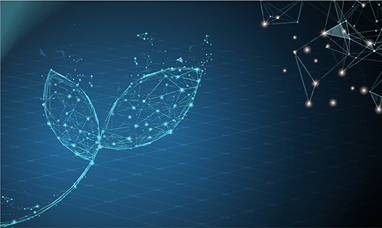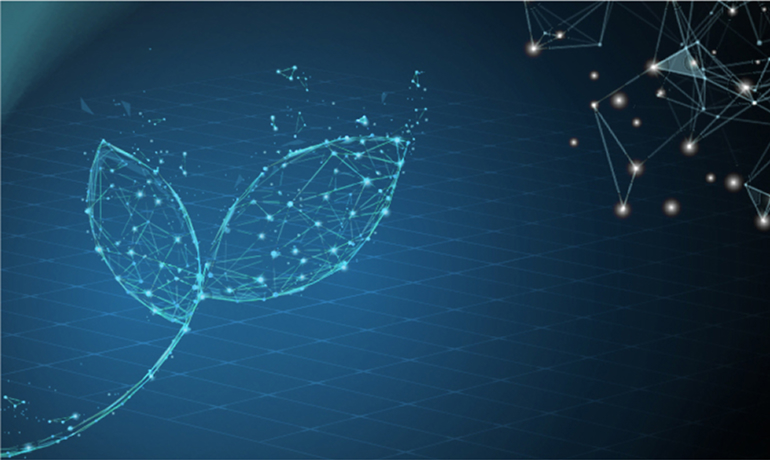The action taken by the Authority is directed towards ensuring uniform accessibility and distribution of services throughout the entire national territory, establishing acceptable service quality levels, setting up tariff systems that are clear, transparent and based on predefined criteria, promoting the protection of user and consumer interests.
In 2024 the fourth regulatory period water tariff method (“MTI-4”), applicable for the years 2024-2029, came into effect. It establishes mechanisms – effective starting from 2025 – to promote the efficiency of operators also by assigning greater importance to activities associated with environmental sustainability, particularly those aimed at combatting the impact of ongoing climate change, safeguarding water resources, encouraging decarbonisation of energy consumption and making infrastructure more resilient under conditions of stress. Insofar as concerns the integrated water service Operator’s financial and tax charges, the Authority has confirmed substantial alignment with the values for other regulated sectors, defining an overall value of 6.13% (4.8% during the previous regulatory period).
Lastly, insofar as concerns market developments, we intend to consider and participate in the new tenders launched by the various contracting authorities (Regions, Municipalities, Area Entities) for the concession of Integrated Water Services across Italy.

